Are you looking to change the account holder for your bank account but not sure where to start? You've landed in the right spot! Changing an account holder might seem daunting, but with a well-crafted letter, the process can be smooth and straightforward. Join us as we explore an easy-to-follow template that will help you make that transition seamlessly; you won't want to miss it!
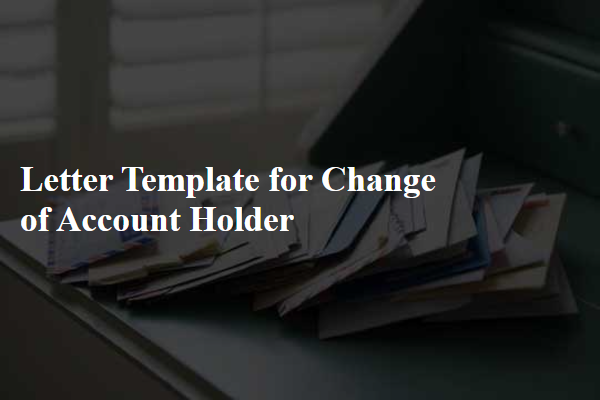
Recipient's Information
For the change of account holder process, essential information must be gathered. Recipient's Information should include the full name of the new account holder, highlighting either individual or business status. A residential or business address should be specified, accompanied by the postal code and city for proper identification. Contact details such as telephone number and email address are crucial for communication purposes, ensuring seamless updates throughout the transition. Additional documentation may include identification proof like government-issued ID or business registration certificate. Accurate collection of this information will facilitate a smooth transition of account ownership.
Subject Line
Subject Line: Request for Change of Account Holder Information
Old and New Account Holder Details
Account holder changes often involve specific details that must be addressed clearly. The old account holder, typically identified by their name, address, and account number, should be noted, as well as the new account holder's information, including their full name, contact details, and identification number. The change might be linked to reasons such as marriage, business transfer, or estate settlement. Additional information may include required documents, such as identification proofs or legal agreements. Institutions may require a formal request stating the intention to transfer account ownership, and clarify any implications for joint accounts or outstanding transactions. Timelines for processing, account access during transition, and updated terms and conditions should also be articulated to ensure seamless transitioning and avoid disruptions.
Effective Date of Change
A change of account holder often involves notifying the financial institution, usually a bank or credit union, regarding the modification in the account ownership. Effective dates are critical in these transactions as they determine when the new account holder officially assumes control and responsibility for the financial assets or any liabilities associated with the account. It is essential to specify the effective date accurately to avoid confusion and ensure a seamless transition of account management. Such changes may also require documentation proving the identity and authorization of the new account holder, thus safeguarding against potential fraud or mismanagement of funds. Always check the specific institution's requirements to ensure compliance and smooth processing of the change.
Request for Confirmation and Contact Information
Requesting a change of account holder can involve multiple steps and requires clear communication with financial institutions. Often, organizations may require a formal request detailing the current account holder's name, account number, and the new account holder's information. Additionally, specific identification documents, such as government-issued IDs or proof of address, may be needed to verify both parties. Timely updates, often within 10 business days, are expected from the institution regarding the request status. Keeping records of communication through emails or letters enhances accountability and serves as evidence in case of discrepancies.

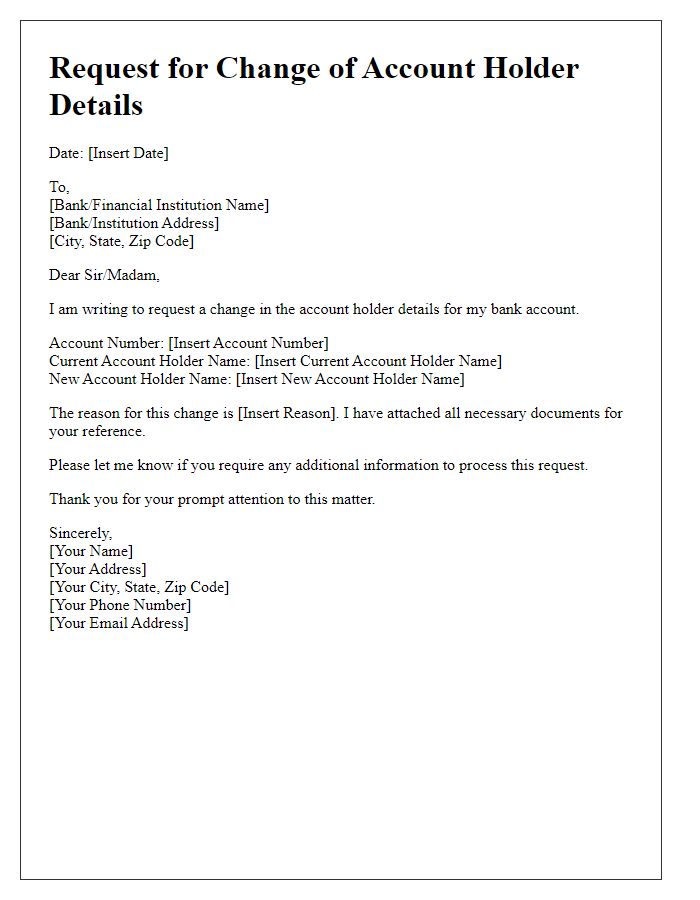
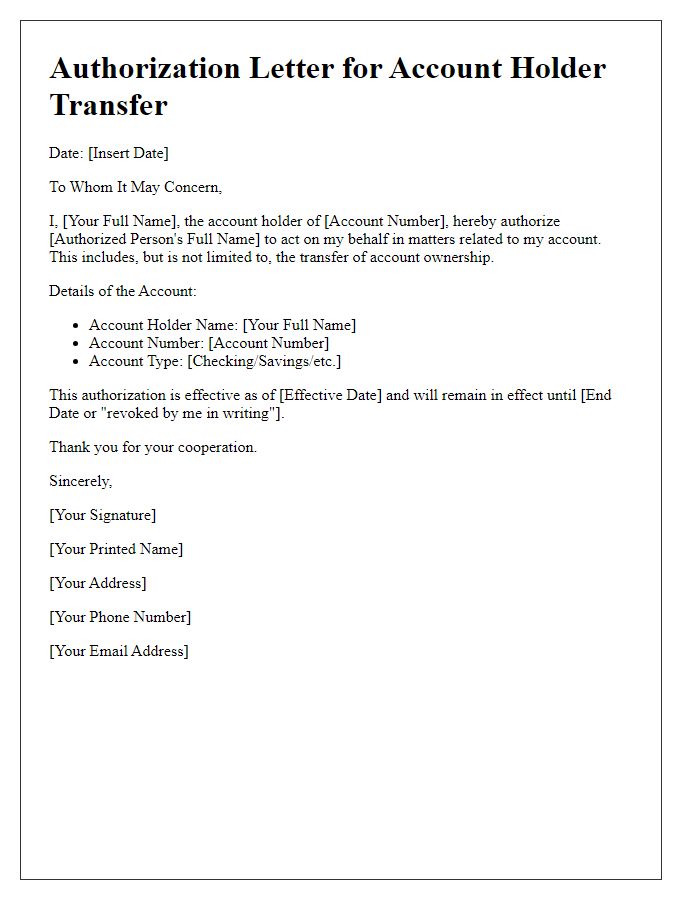
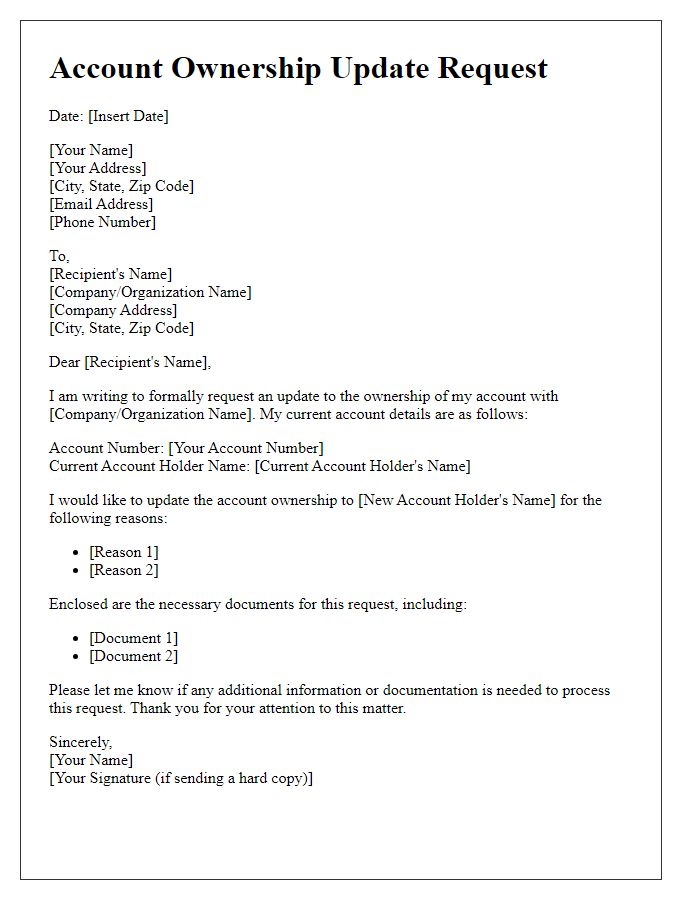
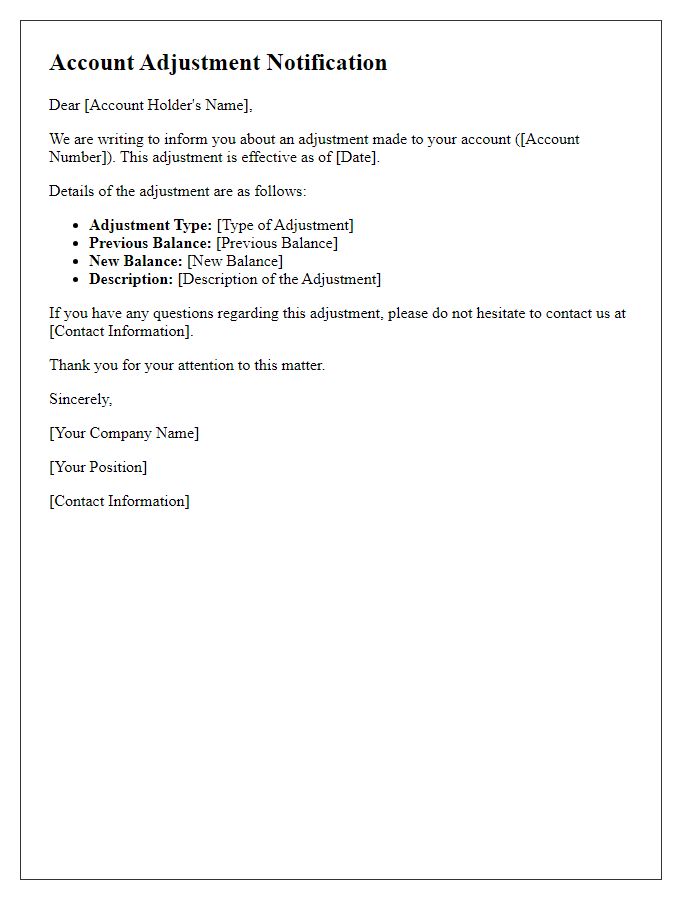
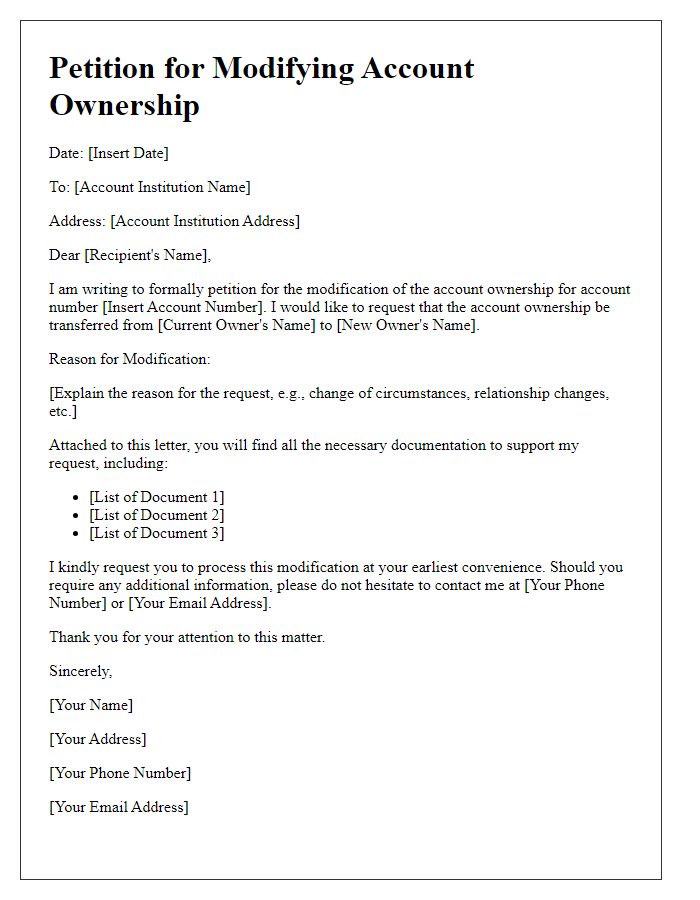
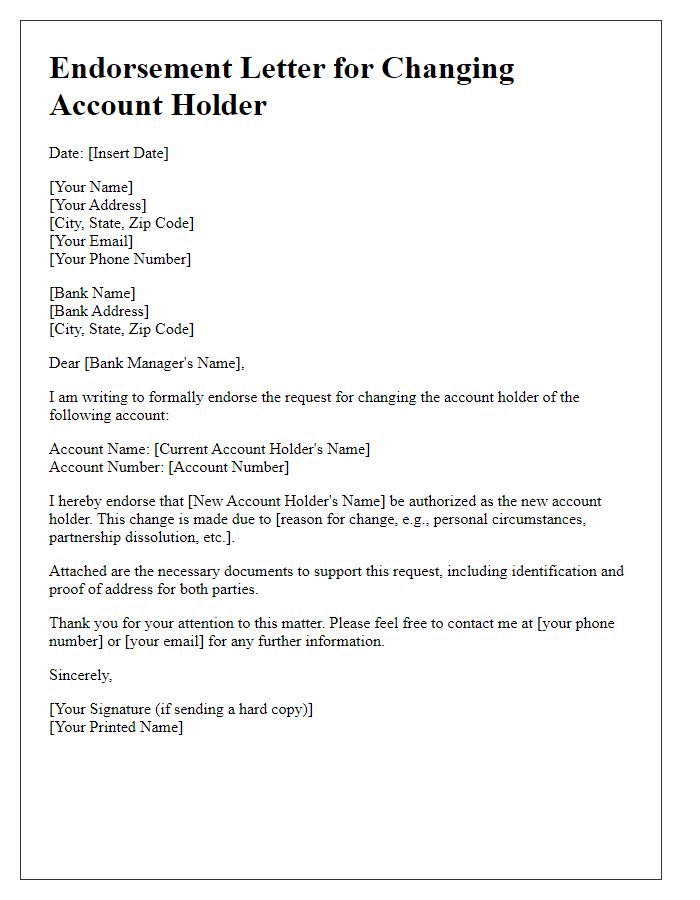
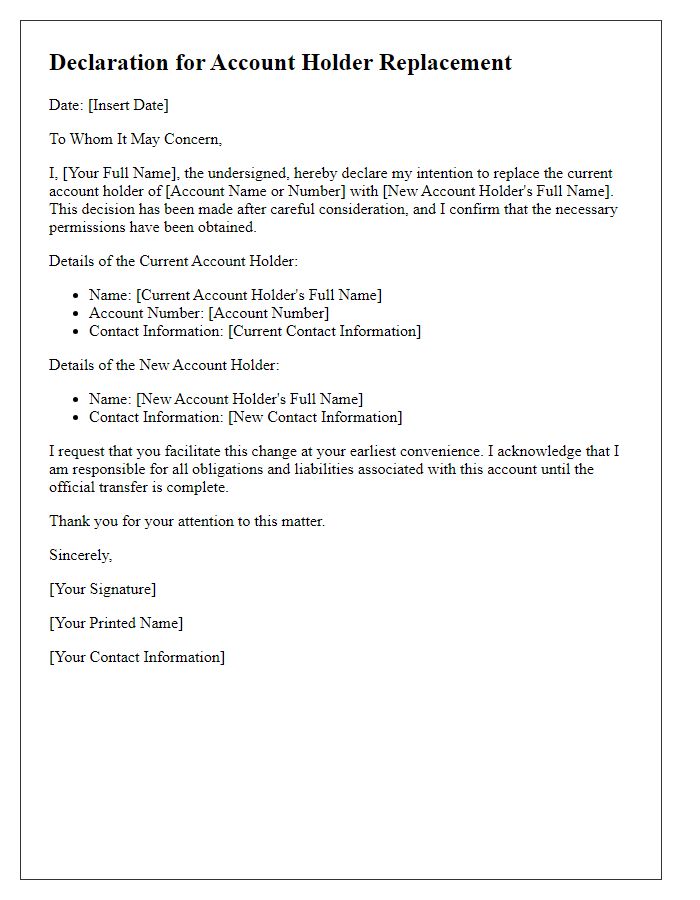
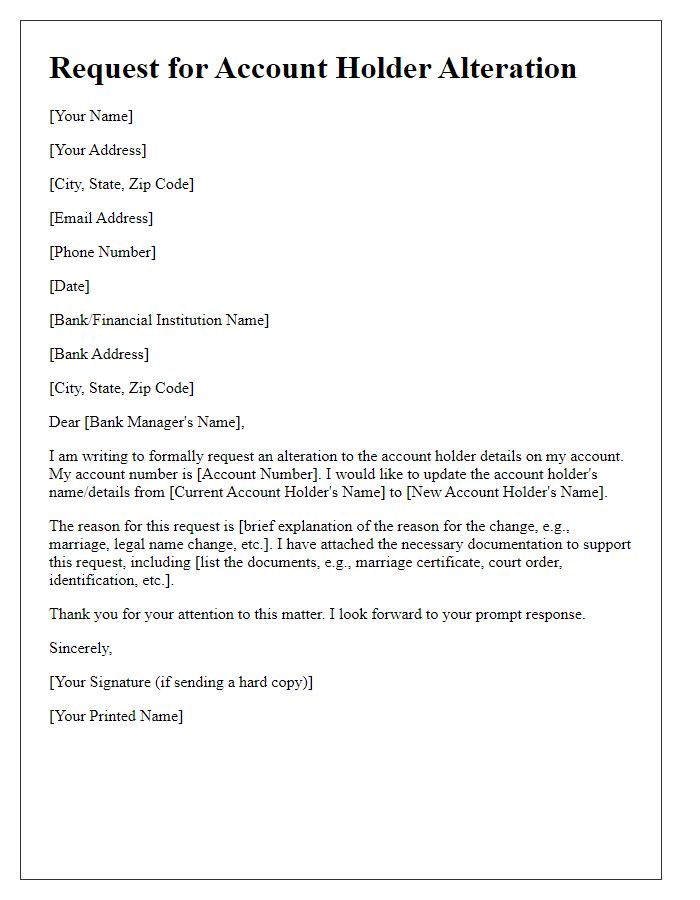

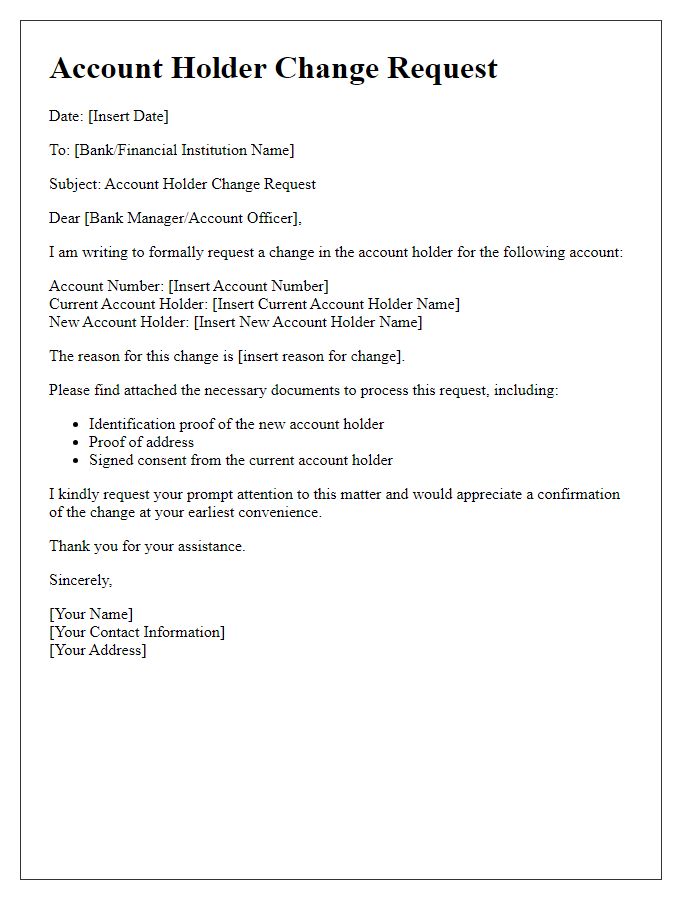

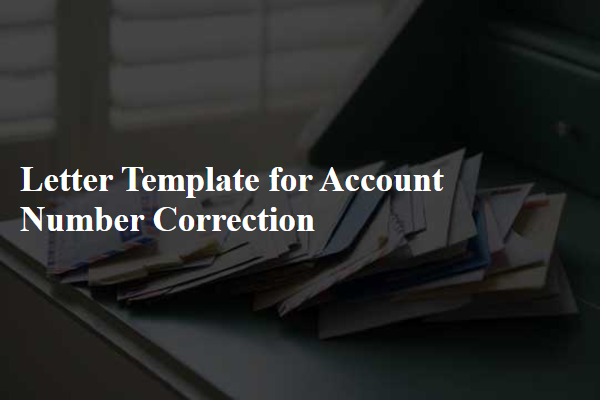

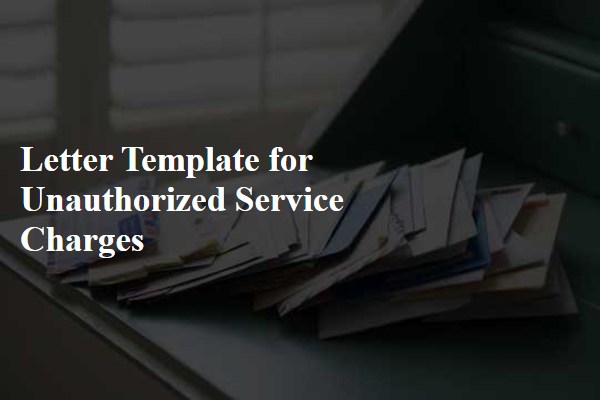
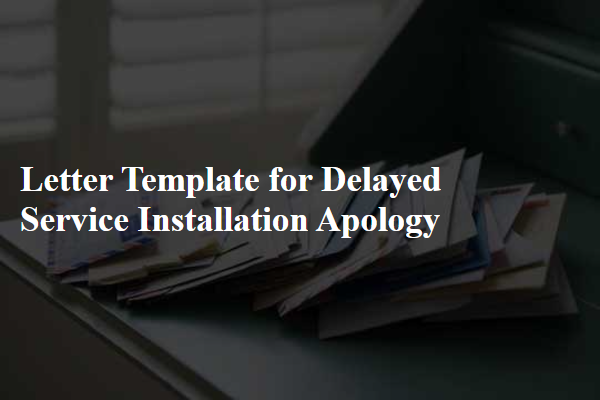
Comments